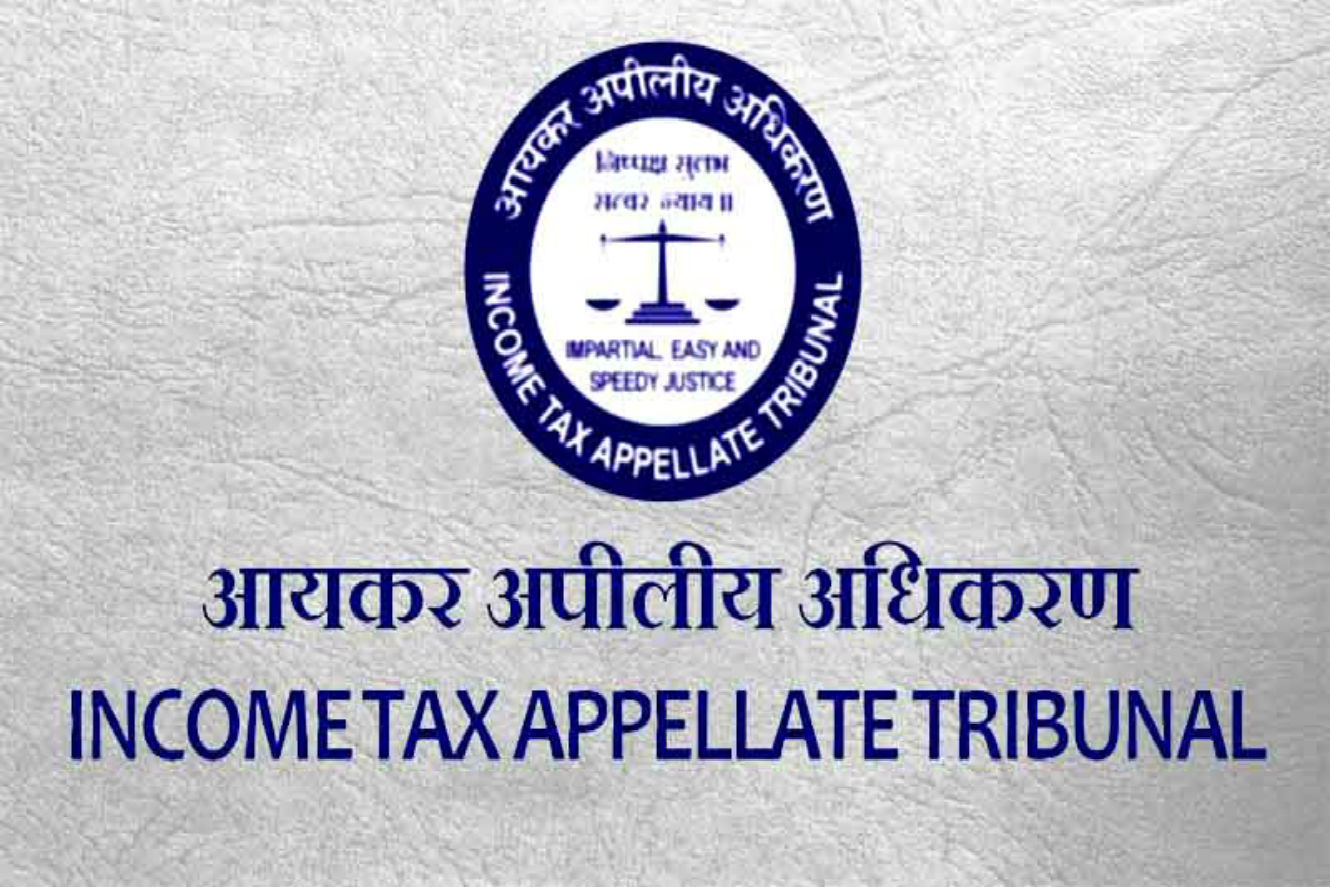S. Ali Ahmad, J.@mdashThis application under Articles 226 and 227 of the Constitution of India hes been filed praying to quash Annexure 3, the order dated 10th April, 1975, passed by respondent No. 1. Another prayer that has been made in the application is to issue a direction restraining respondents Nos. 1 and 2 from interfering, in any way, with the permanent stage carriage permit granted to the petitioner for the route Atwahi to Bakhri via Chatar and Khagaria covering a distance of 29 miles.
2. The relevant facts for appreciation of the points raised in the case are that the East Bihar Regional Transport Authority (respondent No. 2) made advertisement inviting applications for the grant of a permanent stage carriage permit in respect of the route Atwahi to Bakhri via Chatar and Khagaria. In response to the aforesaid advertisement, four persons, including the petitioner and respondents Nos, 3 and 4 made applications in prescribed forms. All the four applications for the grant of the permanent stage carriage permit were published in the Bihar Gazette on 6th December, 1972, inviting objections to the same within 30 days from the date of the publication. No objection to any of the applications was filed. The East Bihar Regional Transport Authority held its meeting on 8th August, 1974, and considered the four applications for the grant of the aforesaid permit. After considering the respective claim of the applicants, the Regional Transport Authority granted the permit to the petitioner as, in its opinion, the claim of the petitioner was superior to the other three applicants. A copy of the decision granting the permit to the petitioner has been made Annexure 2 to this writ application. A perusal of Annexure 2 shows that the fact that the petitioner was a new-comer to the profession and had offered 1974 model bus within two months or 1971 model bus within one month influenced respondent No. 2 to grant the permit to the petitioner. In pursuance of the decision, a permanent stage carriage permit was granted to the petitioner subject to the condition that she would place papers of 1974 model bus within two months from the date of the order. Both respondents Nos. 3 and 4 being aggrieved by the order granting the permit to the petitioner filed separate appeals before respondent No. 1. The appeal of respondent No. 3 was numbered as Transport Appeal No. 100 of 1974, while that of respondent No. 4 was numbered as Transport Appeal No. 99 of 1974. The two appeals were heard together and have been disposed of by a common order (Annexure 3). By this order, respondent No. 1 dismissed Transport Appeal No. 99 of 1974 filed by respondent No. 4 but allowed Transport Appeal No. 100 of 1974 filed on behalf of respondent No. 3 and directed that the permit be granted to respondent No. 3, Jogendra Singh. The petitioner assails this order.
3. Before I discuss the arguments advanced by learned counsel for the parties, it will be profitable to mention some facts as mentioned in the order (Annexure 3) passed by respondent No. 1. The grounds on which Transport Appeal No. 100 of 1974 was allowed by respondent No. 1 were that respondent No. 1 was doubtful as to whether the petitioner herself was an applicant for the permit in question or the permit which was granted in her name was actually meant for her son. It may be mentioned here that the son for the first time was made a party-respondent in the appeal before respondent No. 1. The basis for the doubt entertained by respondent No. 1 was that Sandhya Devi herself did not sign or put her left hand thumb impression on the application for the grant of the permanent stage carriage permit but her son signed as Sandhya Devi for her. Another fact worth mentioning is that the East Bihar Regional Transport Authority was reconstituted by a Gazette notification on 6th August, 1974 but the order granting the permit to the petitioner was passed on 8th August, 1974.
4. Mr. Basudeva Prasad, learned counsel appearing for the petitioner submitted that the mere fact that Sandhya Devi, herself did not sign the application for the grant of the permit will not lead to the conclusion that she herself was not the applicant. He also submitted that Sandhya Devi, the petitioner, at the relevant time was ill and weak and, as such, was not in a position to put her signature on the application. She, under the cir-cumstances, authorised her son to sign on her behalf and, as such, the signature put by her son should be deemed to be her or at least on her behalf. He also submitted that an affidavit stating the circumstance under which Sandhya Devi, the petitioner, authorised her son to put her signature on the application was filed before respondent No. 1 but the same has not been considered at all by it.
5. Mr. K. D. Chatterji, learned counsel appearing on behalf of respondent No. 4, on the other hand, submitted that admittedly the petitioner neither signed the application nor put her thumb impression on it and as such the application did not comply with the requirements of law. The application, therefore, should not have been considered. According to him, the signature of Sandhya Devi made lay her son has no existence in law. I propose first to deal with the question as to whether the signature of the petitioner could, in law, be made by her son.
6. Under the General Clauses Act, 1897, ''sign'' has been defined as such-
" ''Sign'' with its grammatical variations and cognate expressions, shall, with reference to a person who is unable to write his name, include ''mark'' with its grammatical variation and cognate expressions."
This definition is not very helpful to decide the question. There are certain decisions, however, which have considered this aspect of the matter. The case of Whitley Partners Limited (1886) 32 Ch D 337 is the leading case. In that case one Mr. Callan verbally authorised Mr. Oak- ley to sign on his behalf the memorandum of association of the Company. Mr. Oakley on the basis of the authority given to him signed the name of Callan to the memorandum without his name appearing on it. The company was going through the process of winding up. Callan was put on the list and applied to have his name removed on the ground that he had never signed the memorandum nor agreed to take the share. On these facts, it was held by Cotton, L. J., "that there being nothing in the Companies Act, 1862, to show that the Legislature intended anything special as to the mode of signature of the memorandum the ordinary rule applied'' that signature by an agent is sufficient". A similar question arose in the case of Deo Narain Rai v. Kukur Bind ILR (1902) All 319 (FB), Stanley, C. J., on a consideration of the different cases cited in the case, came to the conclusion that ''it was not imperatively required by Section 59 of the Transfer of Property Act, 1882, that a mortgage, where the principal money secured is Rs. 100 or upward, shall be signed by the mortgagor with his own hand, or by an agent specially appointed in that behalf. If the mortgagor is illiterate, it is a good signature if in the presence and at the request of the mortgagor, some other person signs the mortgagor''s name on his behalf as executant of the document''. This Court in the case of
7. In the case before me, I have, therefore, to see as to whether the rule requires the personal signature of the applicant. Rule 48 (a) of the Bihar Motor Vehicles Rules runs as follows:--
"Every application for a permit in respect of a transport vehicle shall be in one of the following Forms, that is to say-
(i) in respect of a particular stage carriage in Form P. St. 1. A.
(ii) in respect of a service of stage carriage in Form P. St. S. A.
(iii) in respect of .a particular contract carriage in Form P. Co. P. A.
(iv) in respect of a casual contract carriage in Form P. Co. S. A.
(v) in respect of a private carrier''s permit in Form P. Pr. C. A.
(vi) in respect of a public carrier''s permit in Form P. Pu. C. A.
(vii) in respect of a temporary permit in Form P. Tem. A.
and shall be addressed to the Secretary of the Authority at the regular office of the Authority."
Towards the end'' of the form so prescribed, there is a column for signature or thumb impression of the applicant. There is nothing either in the Act or in the Bules which prescribes that this signature or thumb impression of the applicant should be his own and that it cannot be put by his authorised agent. In that view of the matter, the fact that the petitioner, Sandhyadhya Devi, did not put her signature personally on the application is not generally such as not to be considered at all. Consideration of the application, therefore, by respondent No. 2 was valid and justified.
8. The finding recorded by respondent No. 1 with regard to the fact that the petitioner was not the real applicant cannot be sustained because the Chairman, State Transport Appellate Tribunal, seems to have been under the impression that the signature of the petitioner put by her son will lead to the inference that she was not the real applicant. This, in my opinion, cannot be a correct inference. There was no bar on her to authorise her son to sign on her behalf. If on the basis of other materials on the record, the learned Chairman felt some doubt regarding the genuineness of the application, he should have given an opportunity to the petitioner to show that the petitioner was the real applicant. In fact, affidavits were filed but they have not been at all considered. In that view of the matter, the finding of the Chairman cannot be sustained and the case has to be sent back on remand.
9. Mr. K. D. Chatterji, appearing for respondent No. 4 argued that the permanent permit was granted by the East Bihar Regional Transport Authority on 8th August, 1974 when the Committee had been reconstituted on 6th August, 1974 itself. He, therefore, contended that the East Bihar Regional Transport Authority, Bhagalpur, had no jurisdiction to grant the permit on that day to the petitioner. He, therefore, prayed that the matter should be sent back to the East Bihar Regional Transport Authority itself. I would have acceded to this request, but it appears that the reconstituted East Bihar Regional Transport Authority held its meeting on 19-9-1974 and approved the proceedings and action taken on 8-8-1974 by the then East Bihar Regional Transport Authority. The permit to the petitioner was granted on 8-8-1974. Therefore, the reconstituted East Bihar Regional Transport Authority approved the grant of the permit to the petitioner. In that circumstance, I do not think it will be useful to send the matter again to the East Bihar Regional Transport Authority.
10. On the facts and in the circumstances of the case, the application is allowed and the order as contained in An-nexure 3 to the writ petition is quashed and the case is sent back to respondent No. 1, the State Transport Appellate Tribunal, who, after hearing the parties, will decide the appeal in accordance with law and in light of the observations made above. The result of the appeal will abide the costs of this application. Hearing fee is fixed at Rs, 150.
Shambhu Prasad Singh, J.
11. I agree.

